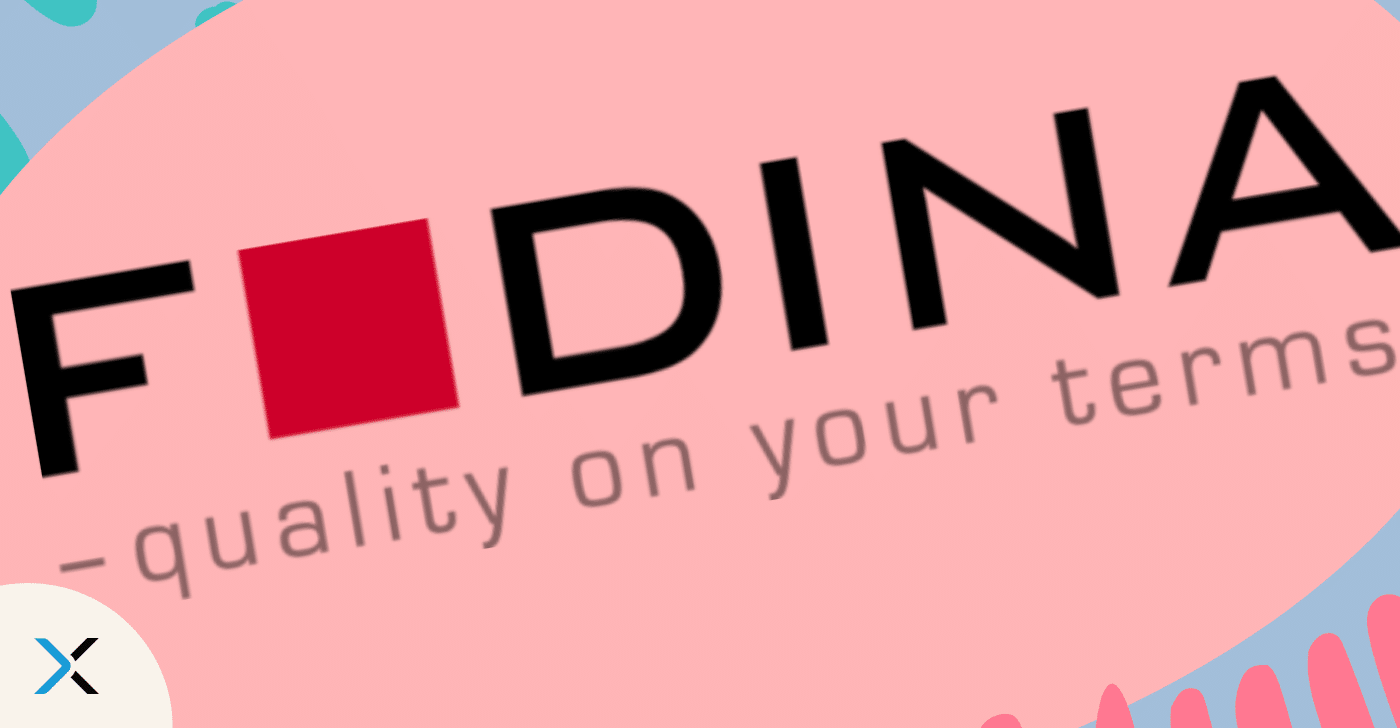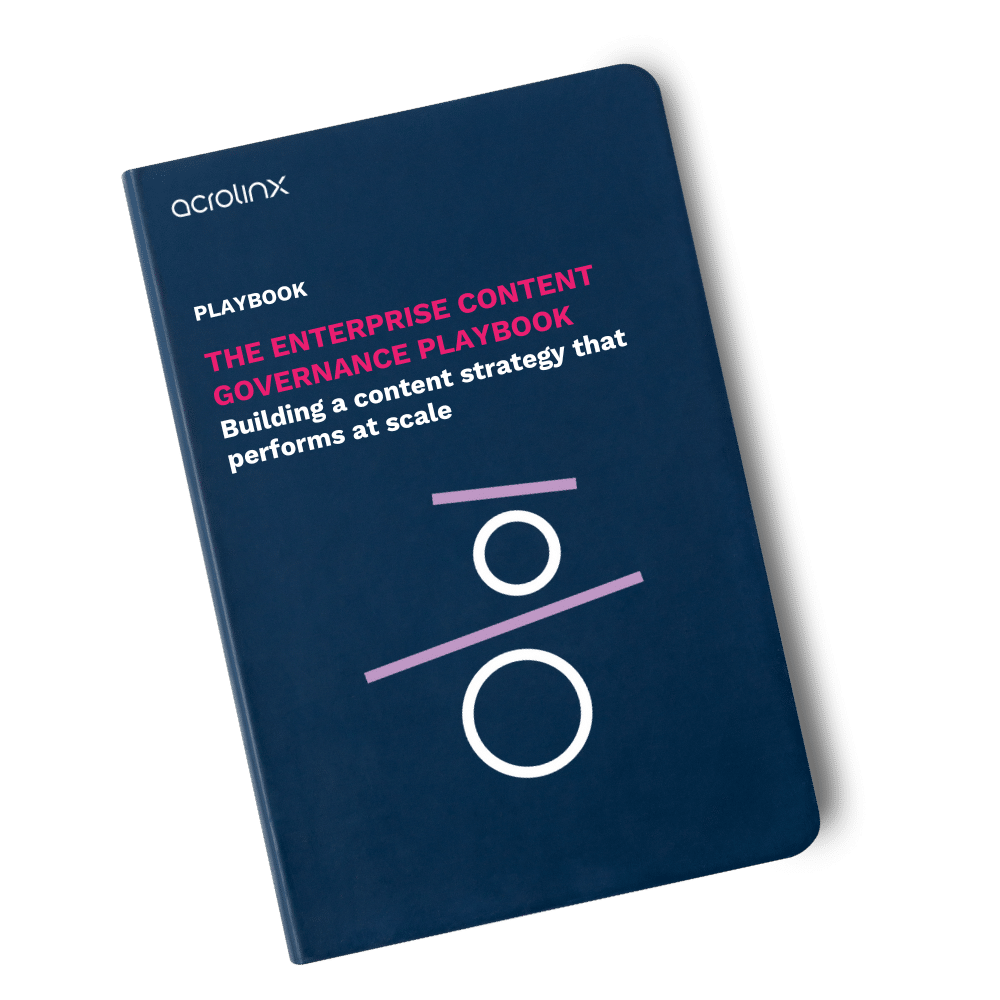
For technical writers, maintaining consistent terminology is a constant challenge. Acrolinx can help you use the right wording as you write, or check your existing documents for compliance, but how can you get all your terms into your system? Imagine if you had tens of thousands of terms to manage or had to translate documents into dozens of languages.
Since 2010, Acrolinx has partnered with Fodina, an expert in content quality based in Linköping, to provide the best possible advice to its customers in Sweden. Fodina acts as a reseller and service provider for Acrolinx customers in Sweden. Fodina has developed intellectual property to enhance the Acrolinx solution for Swedish customers and provides local language support. It has built its own tools, Fodina TermCatch and Fodina TermAlign, that help companies manage technical terminology in multiple languages at vast scale. Based on the strength of these solutions, Fodina works with Swedish industrial giants including Epiroc, Ericsson, Saab, and Volvo Group.
In October 2022, Fodina presented its vision and capabilities at the BOTI Live Conference for technical writers in Stockholm, Sweden.
Acrolinx’s Vice President of Global Partners and Alliances, Dan Nutburn, spoke to Fodina CEO Magnus Merkel and senior solutions architect Mikael Lundahl on the challenges and benefits of coming to terms with terms.
Dan Nutburn: Fodina has been working with Acrolinx for quite a few years now – how did that come about?
Magnus Merkel: We spun off from the Department of Computer and Information Science at Linköping University in 2004, and we partnered with Acrolinx in 2010.
We recognized that Acrolinx has a great technology that allowed our customers to create high-quality content with consistent terminology. We saw that Acrolinx could help our customers speak with one clear voice and save costs when they were creating content at a large scale.
Our first Acrolinx customer was a Swedish manufacturer of trucks and buses. They wanted to standardize the terminology in their technical documentation. They were using a checker tool from Uppsala University that could only handle plain text and wouldn’t work with their editing software. At the time, they couldn’t use Acrolinx because there was no support for checking content in Swedish. So they asked us to produce a Swedish checking module for Acrolinx.
Capturing terminology and translations
Dan: How does Fodina work with Acrolinx?
Magnus: We’re a reseller of Acrolinx in Sweden and we provide implementation and terminology management services for customers. We also develop and use our own tools, Fodina TermCatch and Fodina TermAlign.
The hardest part of managing terminology is harvesting terms from many sources and understanding which terms are synonymous. For example, when describing an air conditioning system, you might use words like coolant, cooling liquid, cooling medium, and refrigerant. You might prefer to use “coolant” and allow “cooling medium,” but want to avoid the others.
So, we built a tool called Fodina TermCatch that automates these time-consuming tasks – capturing terms from your existing documents and systems and building lists of synonyms. Once you have those, it’s much easier to decide which are your preferred, allowed, or deprecated alternatives.
Now that you’ve managed all your terms, what happens when you want to translate documents into other languages? We have another tool called Fodina TermAlign that will analyze your past translations and help you find the best translation for each term. You can standardize your translations and save time by seeing the preferred translation whenever that term comes up.
Our tools for terminology creation and maintenance are unique in the world, I think. And we have developed a methodology that allows companies to use these tools and Acrolinx to get consistent terminology in all their content, in many languages.
Driving end-to-end terminology workflow
Dan: Can you tell us about a customer that uses your methodology?
Micke Lundahl: Until recently, we hadn’t had a customer that could implement our process end to end. However, we did a pilot project with a Swedish car manufacturer in 2021 and we’re rolling it out for them now.
This company has so many part names; the same part might have several names depending on which department you’re talking to. They need to translate a lot of information – user manuals, repair instructions, and so on. Also, they service vehicles in several countries, so they have technical documentation in different languages.
We set up the process exactly how we wanted to do it, the way we advocate for everyone. They capture all the terminology in TermCatch and push that to Kalcium Quickterm and from there to Acrolinx.
Another customer in the automotive industry praised us for providing good advice and actively participating in developing working methods. They said we were “unpretentious and solution-oriented,” with “open dialogue and relevant knowledge of both IT and linguistics.”
Hitting terminology targets with Saab
Dan: What advice would you give organizations that are looking to manage their terms better?
Micke: It’s not just about technology; you have to use it the right way. That means investing time into working on the details of your processes.
We have one customer, I won’t name them, that has had a term database for 10 years and now they have more than 24,000 terms translated into 36 languages. When they got us to replace their legacy software with Acrolinx, we found they had very low-quality data and their terminology processes were corrupt.
They’ve appointed us to be their terminologist, so now we’re in charge of adding new terms and reviewing the 24,000 terms they already have. We’re planning a new project with them on translations – we’re going to start with a blank page and build a new system with clear process steps, so that everything is validated.
This company said, “Fodina is very knowledgeable in the field of terminology management. They have full control of everything related to terminology and term processes from text writing, translation, and connections to other systems such as ERP and eBusiness.”
Another example is that we’ve been working with Saab since 2013, with the divisions that make military aircraft and missiles. With Saab, we implemented Acrolinx for the teams that write their technical documentation. Over the years, they have continually expanded to using Acrolinx for new and different teams across the company. Today, there are 10 writing teams that use Acrolinx with somewhat different rules.
We asked them what they valued about working with us and it wasn’t about the technology itself, it was about “(Fodina) providing tips on how we can use the software more efficiently,” “inspiring us to manage our terms better,” and “sharing their experience in language and terminology.”
Unifying language saves time and costs
Dan: So, the lesson is, you can’t just invest in pockets of technology, you need the will to govern and ensure end-to-end governance on how you manage your process or it will lead to failure. But then what are the benefits of getting it right?
Magnus: When you get it right, it gives you consistent high-quality content in all your channels and for all your markets. It’s content that supports your brand and is in line with your business strategy. If you can minimize misunderstandings by readers, that means fewer support cases and less need to explain things in person or on video conferences. And, if you standardize your terms in multiple languages, it saves you time and costs on translations.
Dan: I understand that you spoke at the BOTI Live Conference for technical writers in October 2022; what did you talk about?
Micke: We did a joint presentation with Volvo Group, one of our biggest customers. We talked about their use of Acrolinx for terminology and how they support the departments that use Acrolinx. It basically covered what we’ve talked about today – our process for solving real-life language problems; the complexities of unifying language across global organizations; the need to invest in governance; and the value companies can achieve if they do the hard work.
Dan: Thanks Magnus and Micke for explaining how Acrolinx and Fodina help customers in Sweden manage terminology in multiple languages to ensure they maintain consistency, quality, and branding across their documentation.
Learn more about Fodina and Acrolinx
To find out more please contact Dan Nutburn VP Global Partnerships and Alliances, Acrolinx.
Are you ready to create more content faster?
Schedule a demo to see how content governance and AI guardrails will drastically improve content quality, compliance, and efficiency.
Josh Mehlman





